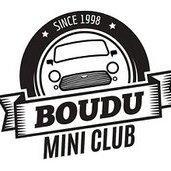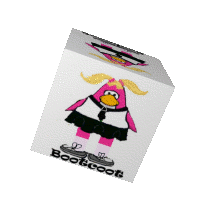- Vue d’ensemble
- Membres
- Boite de vitesse et Embrayage
- Carrosserie, Peinture, Intérieur et Habitacle
- Haut Moteur, Carburation, Injection, Allumage
- Présentation
- Tchatche Technique et Mécanique
- Informations et liens techniques sur le net
- Organisation du site et du club
- Partenaires
- Autres
- Châssis, Pneus, Amortissement, Freins, Cardan...
- Tchatche technique
- Organisation du club
- Préparation moteur
- Le Comptoir du Boudu
- Bavardage cong!
- Electricité
- Archivage
- Ventes
- Parking à Mini du Boudu
- Achats
- Autres clubs ou régions
- Reunions et sorties



